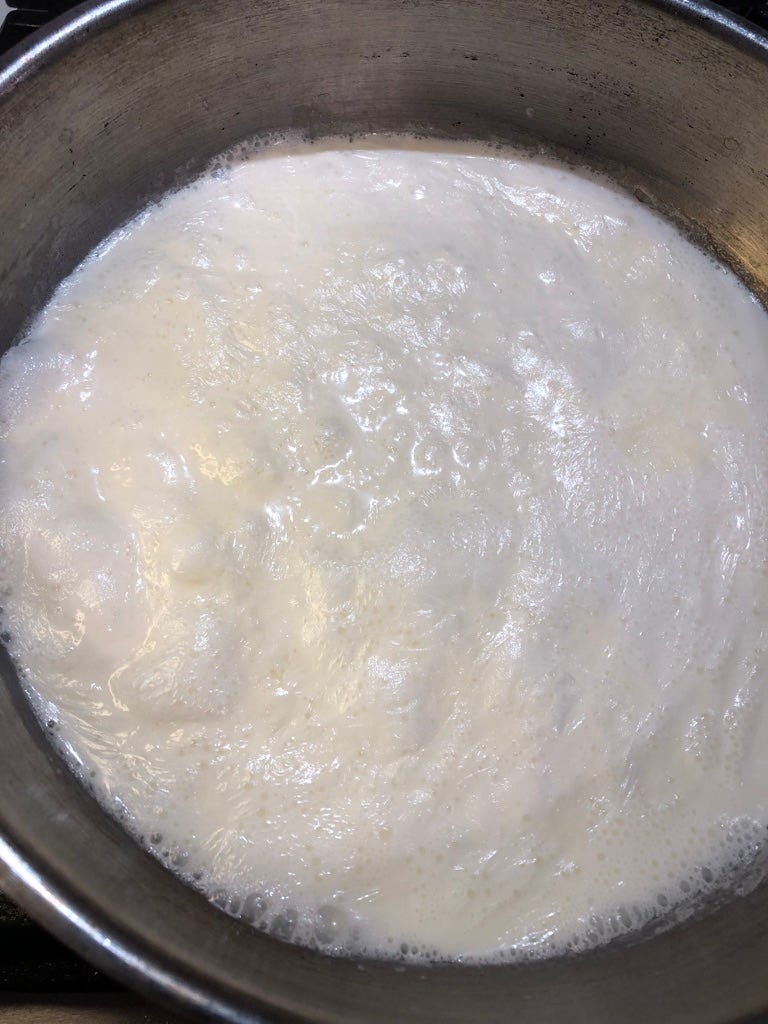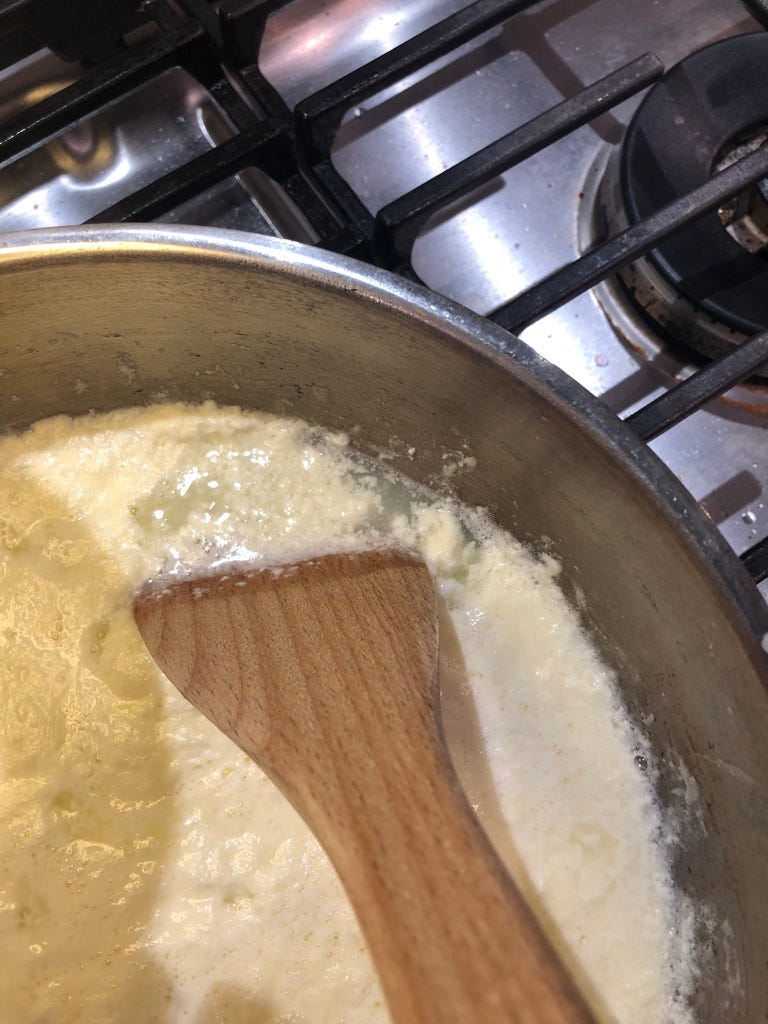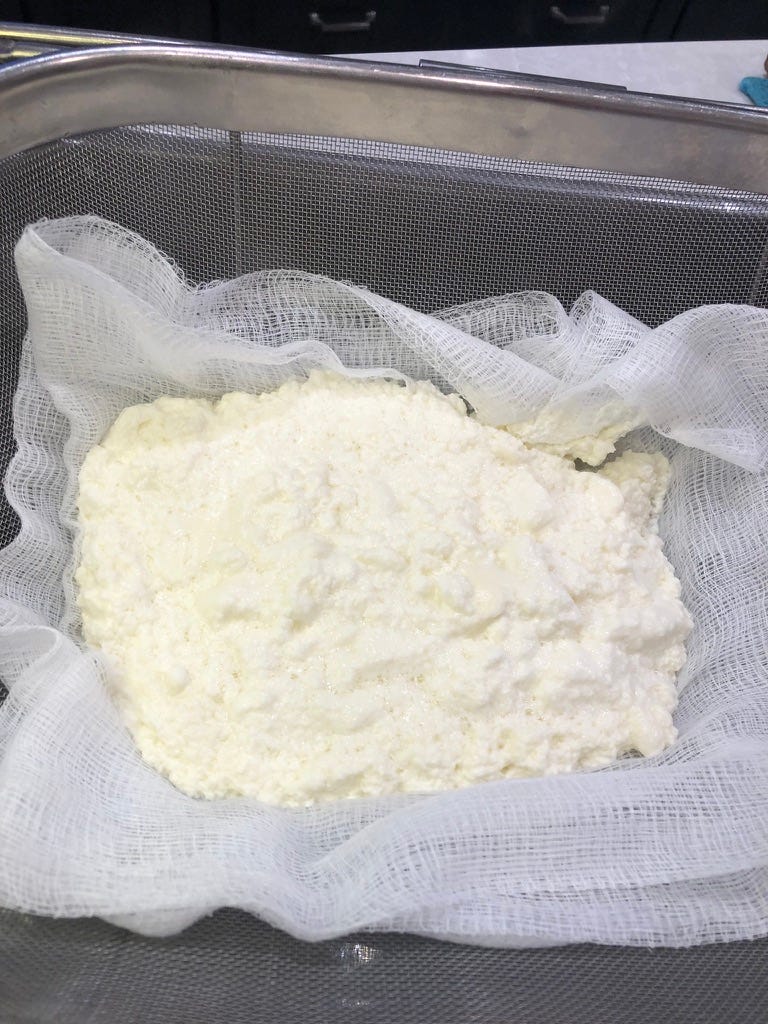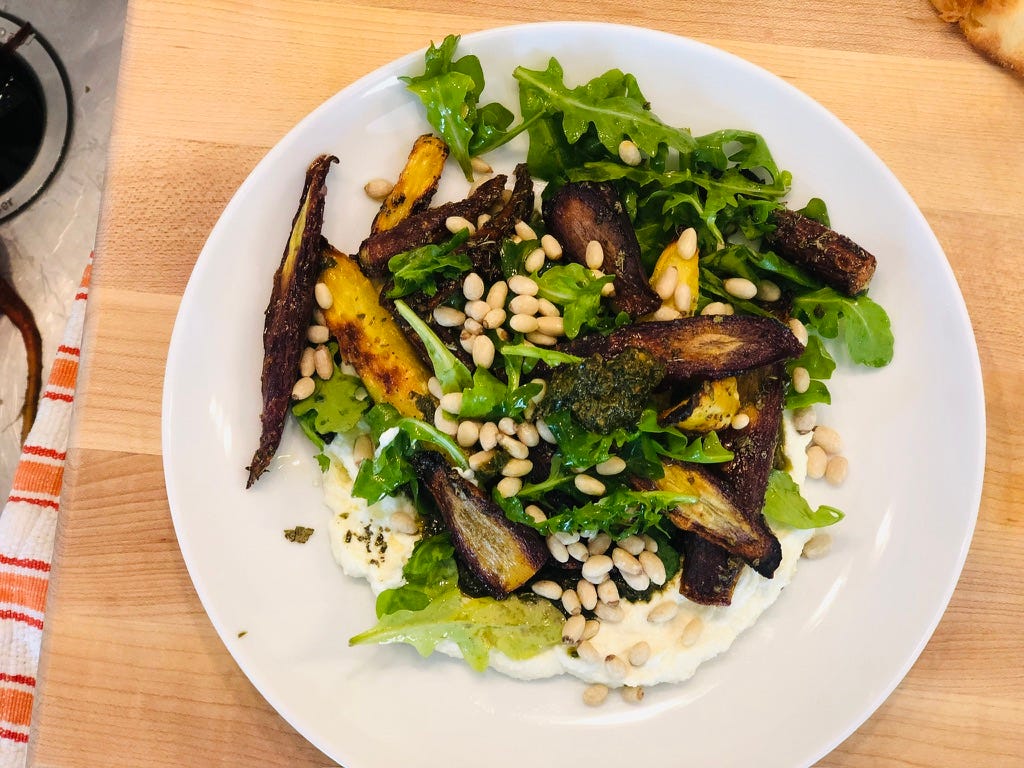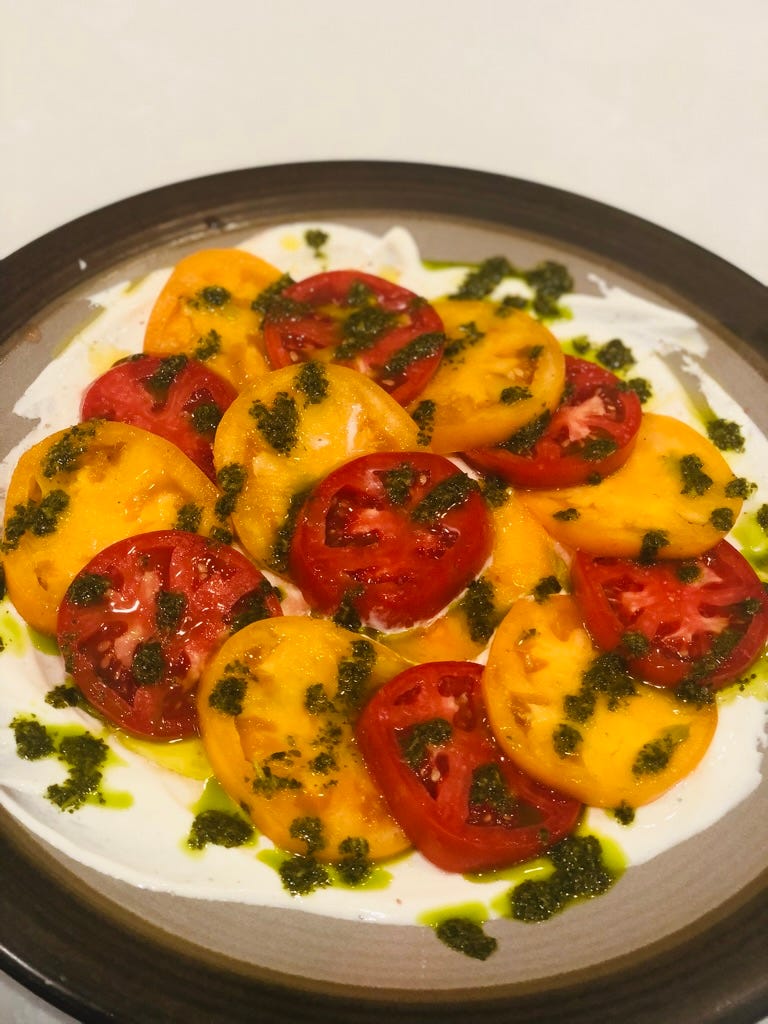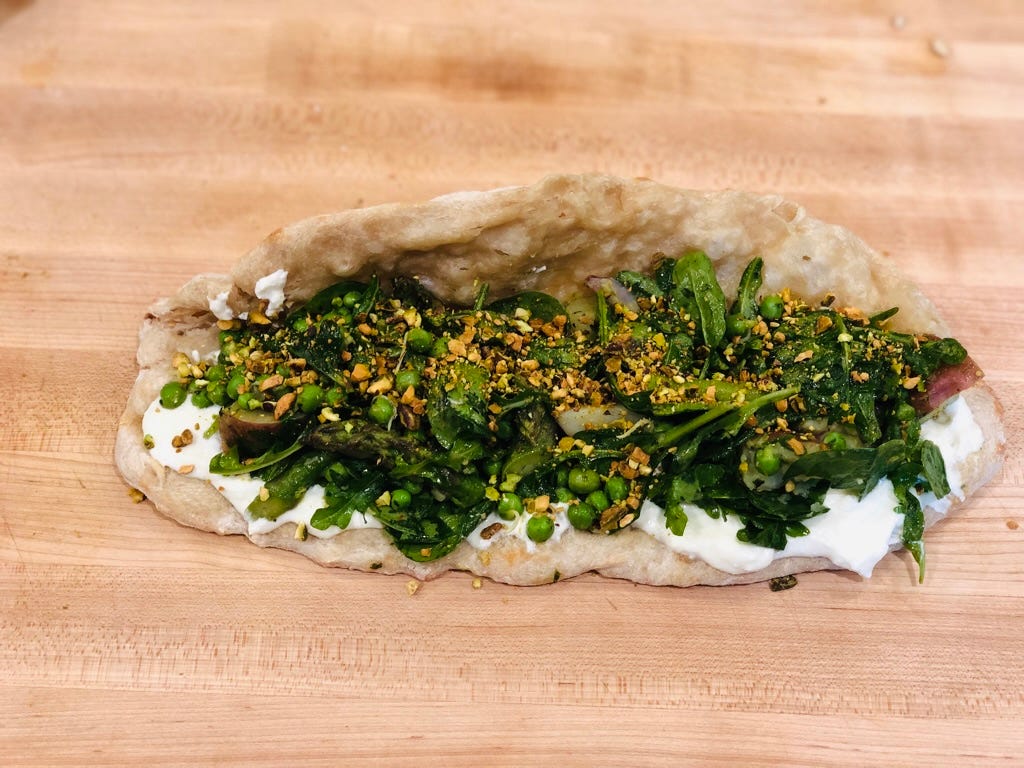Cheese
One of the things I’m enjoying most about the culinary program I’m in is learning how to make certain staple components myself rather than buying them at the store. Mayo. Stock. Cheese.
Yes… cheese.
Cheese is one of those things that despite being so simple feels very complicated. I know I get very frustrated when browsing the cheese selections at the grocery store, speciality shop, or restaurant menu. I just don’t know what most of this stuff is, how it tastes, or how to use it.
So getting an overview of the cheesemaking and cheese pairing process was an illuminating night, and I’m still reading up on it further. Bloomy rinds, washed rinds, natural and brushed rinds… it’s a lot, to be sure.
Fortunately, all cheese is made pretty much the same way. What differentiates them is the type of milk used, and the finishing process. The steps are pretty straightforward:
Add acid to warmed milk (cow, sheep, goat) until the curds separate from the whey
Skim off the curds
Salt, shape, ripen
Ok there’s a bit more to it than that. But that’s the general outline. The only way to really understand what’s going on is to try making it yourself.
Now many of you are thinking “why on earth would I make my own cheese?” Well…
It’s fun. Simply put, the world is made up of two kinds of people… those who find the idea of trying to make your own cheese fun, and those who don’t.
It tastes better. Just like bread, or pastry, or stock or many of the other things you can buy in the store out of convenience, the stuff you make at home has far fewer ingredients, less preservatives, and as a result tastes better.
It’s cheap. A gallon of whole milk, a pint of cream, and you’re good to go.
I’m not talking about making your own artisanal, cave-aged Gruyere in your basement. Many many cheeses undergo a long aging process, or use complicated flavoring techniques (like literally injecting penicillin into it). So most home cheesemaking starts with the fresh cheeses — ricotta, mozzarella, mascarpone — which don’t require a lot of ripening techniques.
We learned to make ricotta, which is a great place to start because it’s easy to make and versatile to use.
Note: This is the quick/easy version using whole milk and cream. Traditional ricotta is made from the leftovers from making mozzarella or other cheeses, which is a similar process but not one we’ll get into today.
It’s this simple….
How to Make Ricotta
Combine 2 cups whole milk with 1 cup heavy cream and add a half tablespoon of salt. Gently warm the milk/cream to a scald (that point just before it starts to simmer, when bubbles start to form around the edges of the pot). Then add a tablespoon of champagne vinegar (white wine vinegar works too).
Gently let simmer until the curds form
Keep cooking at a low simmer until more solids form and you can see through the water left beneath them.
Then gently strain it over three layers of cheesecloth and a sieve to catch the curds.
Chill curds and save whey for another use. (Like, um… making traditional ricotta, or use instead of water when making bread or pizza dough)
That's it. The whole thing takes less than a half hour, and you now have ricotta that’s probably better than the bland watery stuff they sell at the store.
What To Do With Ricotta
“Great,” you say, “what do I know do with all this freaking ricotta?”
Put it on some toast and top with… anything. Honey and olive oil. Grilled vegetables. Pesto. Charred tomatoes. Arugula. Whatever.
Make ravioli/tortellini filling.
Serve alongside a simply pasta pomodoro.
I like to take it a step further and make whipped ricotta. Just put about 2 cups of fresh ricotta in a food processor, and while blending drizzle in about a quarter cup of olive oil.
The whipped ricotta will firm up a bit, yet still be airy and spreadable with just a bit more flavor from the oil.
Whipped ricotta can then serve as the base for a lot of fun things. I use it often as the base for composed salads.
Just roast carrots or sear some asparagus and mix it with arugula and spinach, dress it in a vinaigrette, and placed it atop a base of whipped ricotta. Sprinkle the crushed nuts of your choice (pine nuts or pistachio work best) and you got a great light lunch or dinner.
Or you can use it as a sandwich spread. Lay it on thick to a good crusty baguette, add grilled zucchini and bell peppers, some dressed spinich/arugula and some pickled onions/carrots. You won’t even miss the meat.
You can spoon whipped ricotta in small rounds atop pizza (even one you order) for a pop of cool, fresh sweetness. Spread it on a piece of toast with olive oil or honey or pesto. Add it to a bowl of simple pasta with red sauce. Or just serve it alone as a straight up dip.
Whipped ricotta is a staple in my fridge and I use it almost every other day. And now that I can make my own ricotta, it’s even better. Here’s a few other ways I’ve used it:
I’ll give mozzarella a shot soon as well, and probably mascarpone (which is basically ricotta with more cream and a little sugar).


